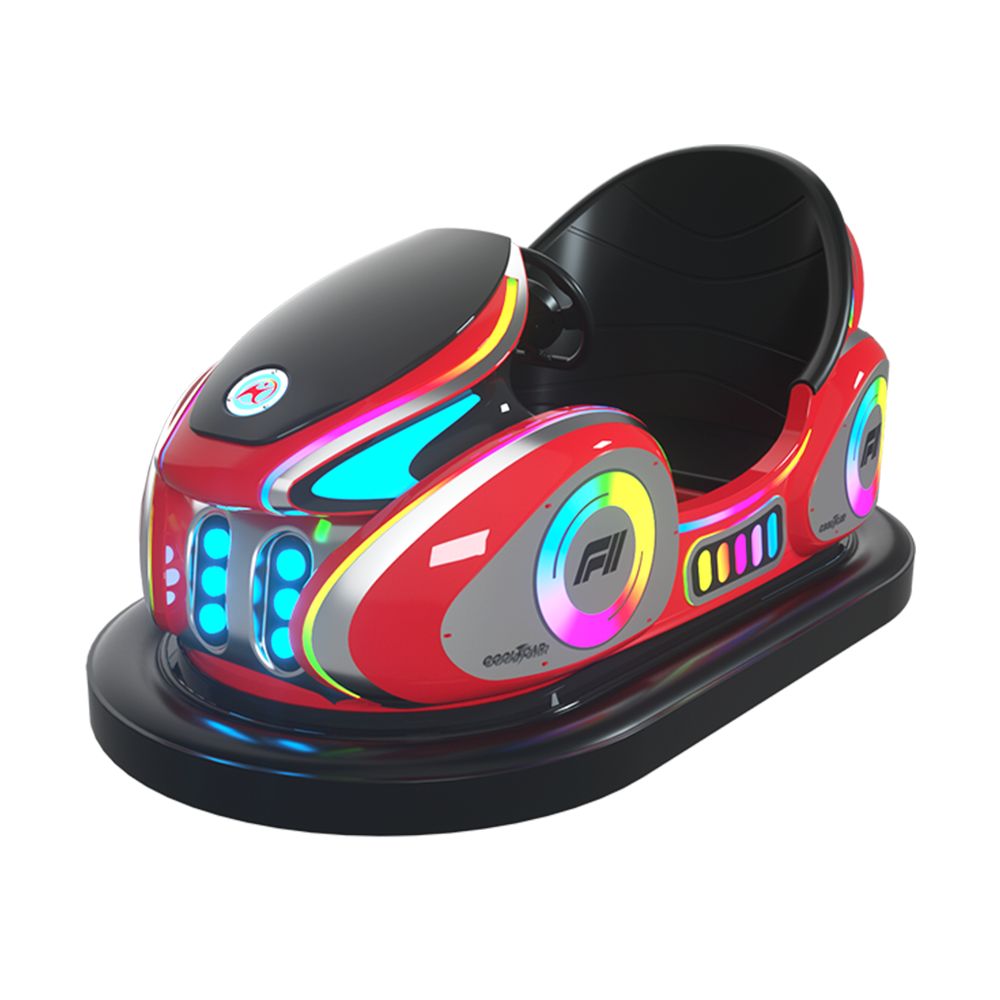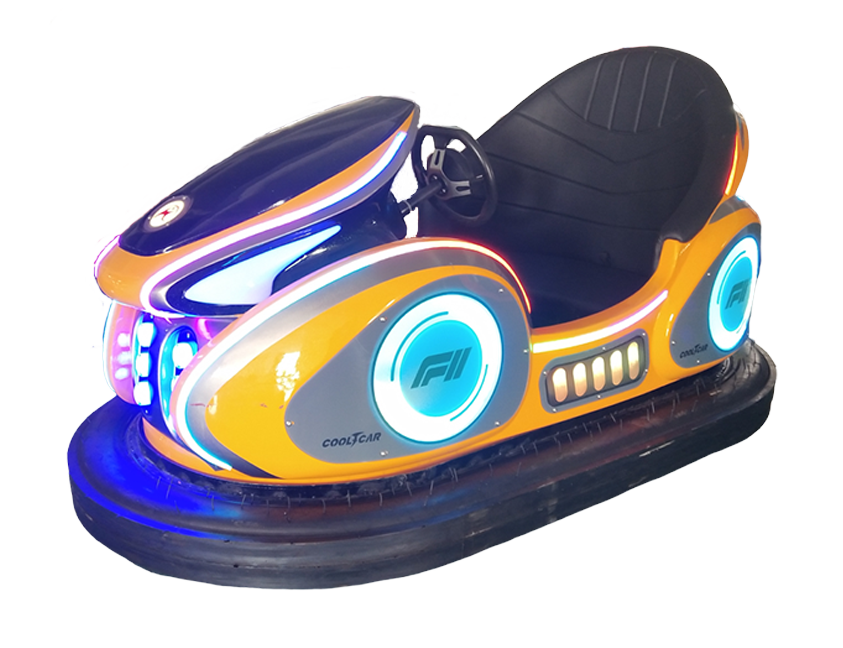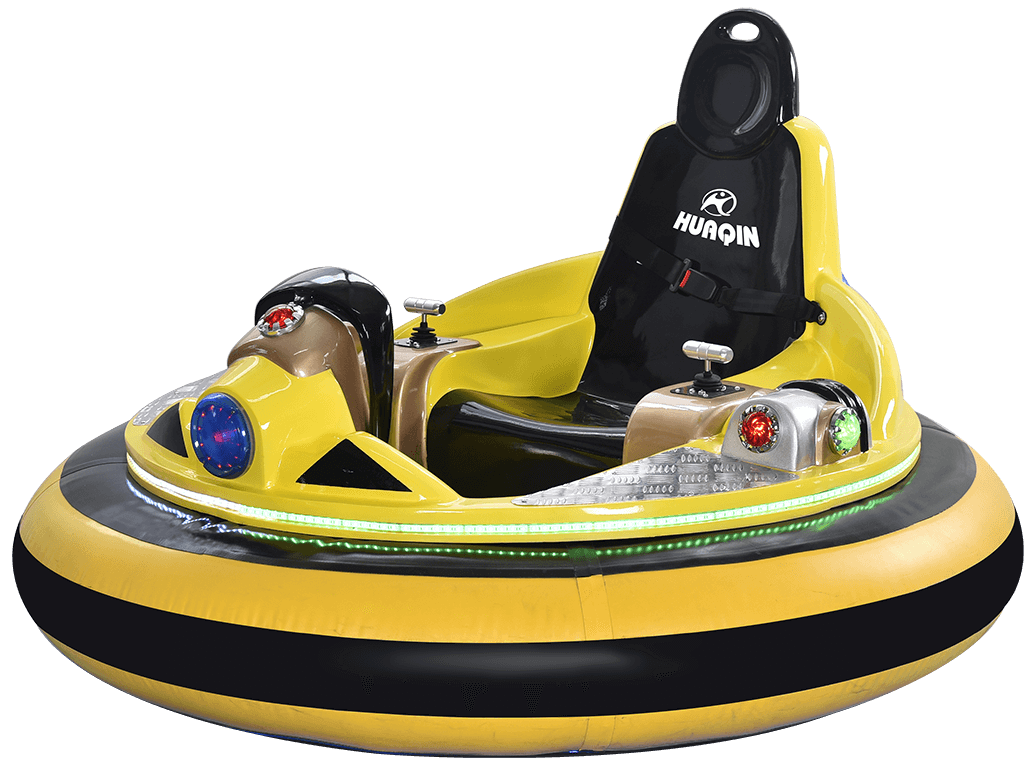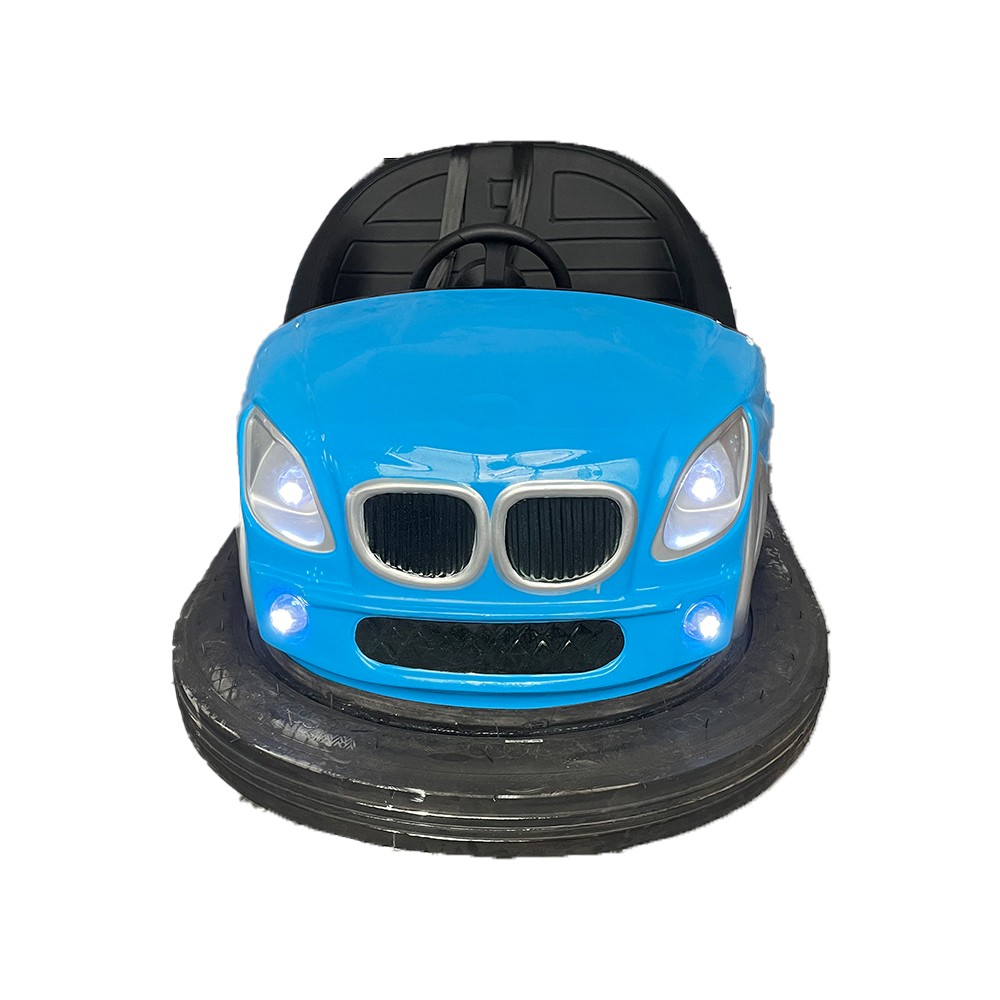In the exhilarating world of amusement park attractions, bumper cars have remained a timeless favorite for thrill-seekers of all ages. However, just like any other industry, the bumper car business is continually evolving, adapting to new technologies, safety standards, and the ever-changing preferences of its audience. Today, we delve into the Top 10 Hot Topics of the Bumper Car Business, exploring the trends and innovations that are shaping this dynamic sector of the entertainment industry.
Table of Contents
Bumper Car Market and Competition
By comprehensively examining these perspectives, one can gain a comprehensive insight into the competition within the bumper car market, which aids in formulating more effective marketing strategies and competitive plans.
Market Size and Growth Rate: Firstly, it’s essential to examine the overall size of the bumper car market and its growth trends. This includes the market’s total value on a global or regional scale and its projected growth rate over the next few years. This data can provide insights into market potential and the level of competition.
Competitor Analysis: Identify the key competitors in the bumper car market, their market share, and how their strategies and products influence market competition. This can be measured using indicators such as competitors’ market share, revenue, geographical coverage, and more.
Product Differentiation: Analyze competitors’ product differentiation strategies. This includes different types of bumper cars, unique features or themed designs, and integration with other amusement equipment.
Price Competition: Study competitors’ pricing strategies, including ticket prices, rental costs, and service packages. Understanding the price range in the market and consumer price sensitivity is crucial.
Market Segmentation: Understand whether the bumper car market is segmented into different sub-markets, such as water bumper cars, battery-operated bumper cars, children’s bumper cars, etc. These segmented markets may have different competitive dynamics.
Technology and Innovation: Investigate whether competitors have advantages in terms of technology and innovation. This includes innovations in bumper car technology, safety features, interactivity, and more.
Market Trends: Analyze the latest trends in the bumper car market, such as the integration of virtual reality, smart control systems, sustainability, and environmental trends. Understanding these trends can help businesses adapt to market changes.
Geographic Distribution: Understand the geographical distribution of competitors and their market coverage. This can help identify areas with market gaps and opportunities.
Bumper Car Type
Understanding these different types of bumper cars can help in selecting the right equipment for specific occasions and target audiences.
Power Source — Based on the power source of bumper cars, they can be categorized into two main types.
- Battery-Powered Bumper Cars: These bumper cars use batteries as their power source, which are typically rechargeable. They are suitable for both indoor and outdoor venues, offering greater flexibility and control options.
- Traditional Bumper Cars: Traditional bumper cars are usually powered via conductive poles on the ceiling. They are often used in indoor amusement parks and theme parks.
Vehicle Size — Bumper cars can be classified based on the size of the vehicle and the number of seats.
- Single-Seat Bumper Cars: Each car can accommodate only one passenger, typically used in small amusement parks or for individual experiences.
- Double-Seat Bumper Cars: Each car can accommodate two passengers, often used for family entertainment or social play with friends.
- Multi-Seat Bumper Cars: These car models can accommodate more passengers and are suitable for large theme parks or group activities.
- Special Themes: Some bumper cars are designed with special themes or licensed branding to attract specific audiences. For example, certain bumper cars may be themed around movies, comics, or animated characters, targeting fans of those properties.
Safety Features: Bumper cars can also be classified based on their safety features. Some bumper cars are designed with enhanced safety features such as seatbelts, airbags, or emergency braking systems.
Operating Environment: Bumper cars can be categorized into indoor and outdoor types based on their operating environment. Indoor bumper cars are typically smaller and suitable for indoor amusement centers, while outdoor bumper cars are larger and used in theme parks and open-air entertainment venues.
Technological Innovation: In recent years, some bumper cars have incorporated technological innovations such as virtual reality (VR) integration, sound effects, and interactive controls. These technological enhancements provide passengers with more engaging and thrilling experiences.
Age Appropriateness: Certain bumper cars may be designed for specific age groups. Some are suitable for children, while others are more geared toward teenagers or adults.
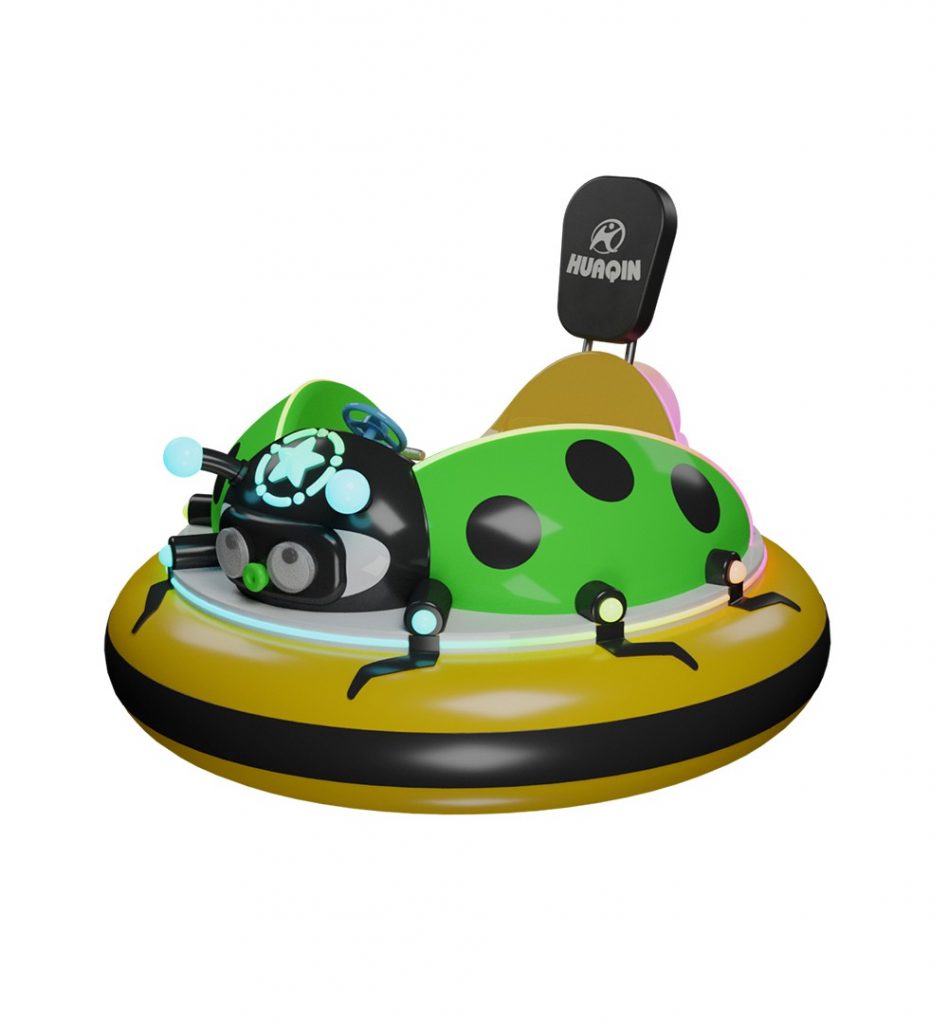
Bumper Cars Holidays
Adapting to the needs of different festivals and events can help operators increase the revenue and visibility of bumper cars.
Holiday Themes: During various holidays, you can create special themes and decorations for bumper cars. For example, during Christmas, you can decorate the bumper cars as Santa’s workshop, or during Halloween, transform them into a vampire’s lair. Such themed designs can attract more visitors and create a festive atmosphere.
Special Events: Consider collaborating with special events such as children’s birthday parties, school celebrations, community gatherings, and more. Offering bumper car entertainment for these events can enhance their appeal and draw more participants.
Seasonal Activities: Adjust bumper car operations based on seasonal activities. In summer, you can host water battle bumper car activities, while in autumn, you can introduce special Halloween-themed bumper cars.
Holiday Discounts and Packages: Provide discounts and packages for various holidays and special events to attract more visitors. For example, offer family packages that include bumper car ride tickets and snacks to entice families to participate.
Interactive Activities: Incorporate interactive elements related to holidays and special events, such as special games or performances that engage visitors and enhance the appeal of bumper cars.
Decorations and Lighting: Beautify the bumper cars with special decorations and lighting effects during holidays and special events. Light shows and fireworks displays can also add visual allure.
Marketing Campaigns: Actively promote bumper car participation opportunities through social media and online advertising. Create advertising campaigns specifically for holidays and special events to attract a targeted audience.
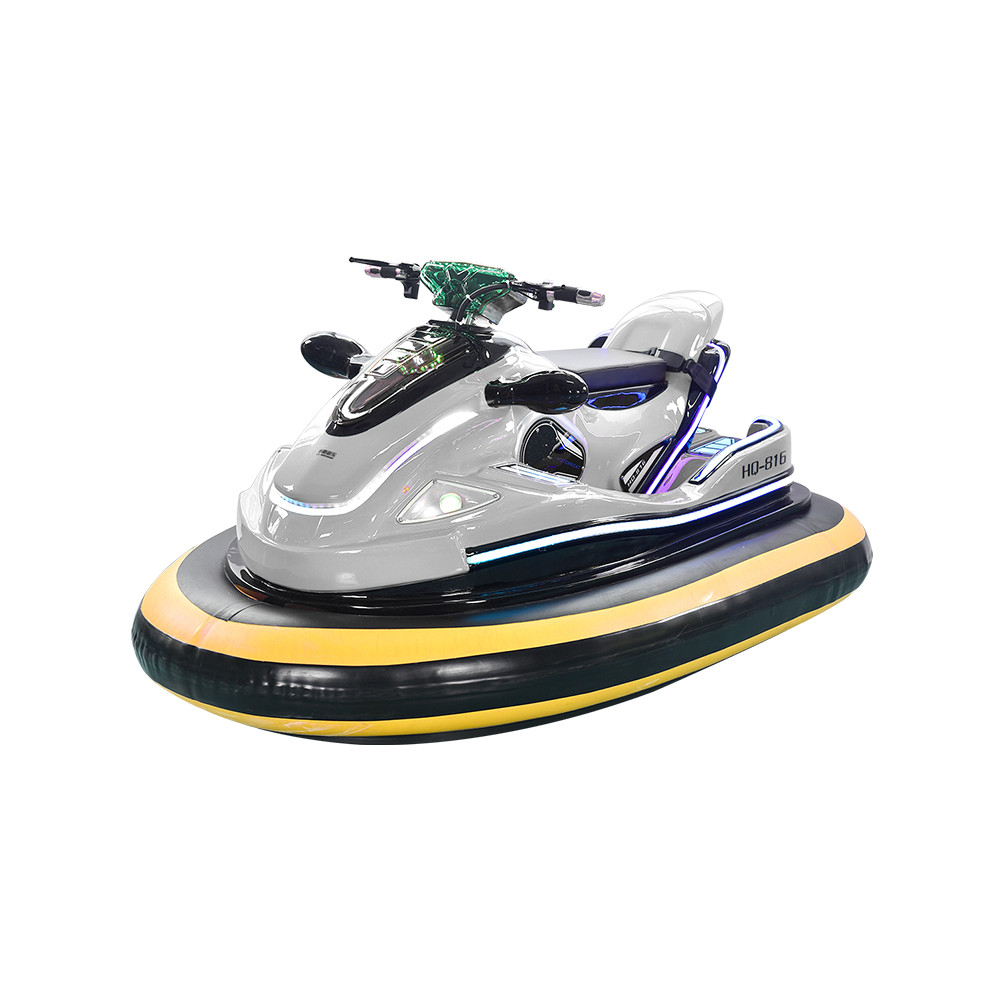
Bumper Cars Design
Bumper car design and themes should take into account the interests and expectations of the audience, as well as the environment and setting they are placed in. An attractive design and theme can bring more passengers and provide a better experience for bumper car enthusiasts.
Exterior Design: Designers can attract passengers by creating a unique exterior. This may include vibrant colors, bold patterns, and interesting shapes. The exterior design should align with the overall theme to create an appealing atmosphere.
Themed Design: When designing bumper cars, consider associating them with specific themes. These themes could relate to movies, comics, cartoons, historical periods, or cultural elements. Themed designs can increase passenger engagement and interest.
IP Collaborations: Collaborating with well-known intellectual properties (IPs) is a common design approach. These IPs can be from movies, TV shows, comic books, etc. Combining them with bumper car designs can attract fans of these IPs.
Seasonal Themes: Bumper cars can be seasonally themed for different seasons or holidays. For instance, during Halloween, you can decorate bumper cars with a vampire or zombie theme to enhance the holiday experience for passengers.
Environmental Integration: Bumper car designs should consider the environment they are placed in. If bumper cars are situated in a theme park with a medieval castle theme, their design can coordinate with castle elements to blend into the overall ambiance.
Sound and Music: Sound effects and music are also part of bumper car design. Appropriate sound effects can increase passenger engagement, and music selection can match the theme to provide a more immersive experience.
Interactive Elements: When designing bumper cars, consider incorporating interactive elements such as spinning devices, water guns, sound effects, etc., to enhance interaction and competitiveness among passengers.
Bumper Car Globalized Tendency
Bumper car industry is continually evolving in terms of technology, safety, innovation, and diversity. Global trends indicate that bumper cars remain a popular form of entertainment and will continue to adapt to changing market demands. Bumper cars, as a popular form of entertainment, exhibit several significant trends and developments on a global scale:
Electric Bumper Cars: To enhance environmental friendliness and energy efficiency, an increasing number of bumper cars are transitioning to electric versions. These electric bumper cars no longer rely on internal combustion engines, reducing noise and emissions while promoting sustainability.
Innovative Game Modes: Some amusement parks and theme parks are developing innovative bumper car game modes, such as smartphone app-based game controls, integration of virtual reality (VR) or augmented reality (AR) technologies, and more complex competitive matches.
Themed and IP Collaborations: Many amusement parks collaborate with popular movies, comics, animations, and other intellectual properties (IPs) to give bumper cars unique themes, increasing their appeal and fun factor.
Enhanced Safety: Bumper car designs are trending towards greater safety measures to reduce accidents and injuries. Measures such as seatbelts, headrests, and collision protection have been reinforced to provide more reliable protection.
Digital Experiences: Some bumper car equipment now comes equipped with digital interactive screens, allowing passengers to engage more deeply in the game. This includes checking scores, competing with other vehicles, and receiving game tips.
Globalized Market: The bumper car market is gradually becoming globalized, with various styles and brands of bumper cars found in amusement parks across different countries. This internationalization offers more choices and competition.
Family Entertainment: Some individuals purchase small bumper car equipment for installation in their homes, providing family entertainment. This trend demonstrates that bumper cars are not only limited to professional amusement venues but also suitable for personal home entertainment.
Educational Value: Some educational institutions use bumper cars for children’s educational activities to teach principles of physics and engineering. This trend highlights the versatility of bumper cars in educational contexts.
Bumper Cars Fun and Challenging
The fun of bumper cars lies in the thrilling collisions, strategic gameplay, social interaction, and suitability for various age groups. Simultaneously, the challenge lies in maintaining one’s safety and score amidst the chaotic collisions. This makes bumper cars a highly popular amusement activity.
Collision Fun: Bumper cars are named as such because players can freely collide with other vehicles during the game. These collisions bring excitement and thrills, making it an exhilarating experience. Passengers can enjoy the “bump and go” fun without worrying about getting injured.
Strategy and Skills: Despite appearing to be a game of random collisions, bumper cars involve some strategy and skills. Smart players learn how to avoid collisions from other vehicles while actively launching their own attacks. This strategic element adds to the game’s challenge.
Social Interaction: Bumper cars are typically a multiplayer game, providing an opportunity for social interaction. Players can enjoy the game with friends or strangers, sharing laughter and excitement. This social interaction enhances the enjoyment of the game.
Visual and Auditory Experience: Modern bumper cars often feature captivating visual and auditory effects. Lighting, sound effects, and decorations create an immersive experience for passengers, intensifying the fun.
Age Neutrality: Bumper cars are suitable for people of all ages, from children to adults, and even seniors can enjoy them. This age-spanning appeal makes playing the game with family and friends more enjoyable.
Stress Relief: At times, people need a way to release stress and pent-up emotions. Bumper cars can serve as a healthy outlet, allowing individuals to relieve stress by expending energy and experiencing enjoyment.
Bumper Cars History
Bumper cars are a long-standing and continuously evolving amusement ride. Their development has seen improvements in technology, design, and safety, making them an essential component of the modern entertainment industry.
Origin and Development: Bumper cars, originally known as “Dodgem,” first emerged in the early 20th century. The earliest bumper cars were electrically powered, with metal rods on their chassis that caused them to slow down upon collision due to electric currents. As technology advanced, the design and safety of bumper cars gradually improved, making them an integral part of modern amusement parks.
Technological Innovations: Over time, bumper car technology underwent numerous innovations. The earliest bumper cars were made of metal and later transitioned to lighter, more durable materials. Electric systems also became more advanced, making bumper cars safer and more controllable.
Design Evolution: The appearance and design of bumper cars also evolved. The earliest bumper cars were typically simple metal bodies with minimal decoration. As time went on, designs became more diverse, incorporating various themes, colors, and decorations to enhance their attractiveness.
Safety Improvements: Given the collision nature of bumper car entertainment, safety has always been a focal point. Throughout the evolution of bumper cars, safety measures were continuously improved, including strengthening the protective structures of the vehicles, introducing seatbelts, and implementing emergency braking systems.
Diversity and Themes: Modern bumper cars come in a variety of themes and variations. Some bumper cars feature specific themes related to movies, comics, or animations, attracting players of different age groups.
Global Spread: Bumper cars have spread to amusement parks and theme parks worldwide. They have become an international amusement ride beloved by visitors from around the globe.
Bumper Car Operating Tips
Bumper car games can become more enjoyable based on your driving skills and strategies. Practice and experience can help you excel in the game.
Speed Control: Learning to control the speed of your bumper car is crucial. Don’t drive at full speed all the time, as this makes you an easy target. Learn to accelerate and decelerate to have better control over collisions.
Maneuvering: Mastering the steering wheel and being able to quickly change direction are key skills in bumper car games. Practice the ability to swerve quickly to avoid other vehicles and prevent collisions.
Observation: Stay vigilant and observe the movement of bumper cars around you. Pay attention to the positions and directions of other vehicles to avoid collisions.
Evasion Strategies: Learn how to evade collisions with other vehicles. Understanding the physical characteristics of bumper cars, such as their turning radius and response time, can help you better avoid collisions.
Angle and Speed: When colliding with other vehicles, try to impact at an appropriate angle and speed to make it easier for the other vehicle to lose control while you maintain stability.
Positioning Strategy: Choosing a wise position on the bumper car arena is essential. Try to avoid being surrounded by multiple cars, as this increases the chances of being targeted. Look for open spaces and keep moving.
Team Play: If you are playing bumper cars with friends, try to collaborate. Cooperation can make it more effective to defeat others and achieve the game’s objectives together.
Rules and Strategies: Make sure you understand the rules and strategies of the game. Some bumper car games may have special objectives or rules, such as picking up specific items or completing tasks.
Safety Awareness: Most importantly, maintain safety awareness. Avoid risky behavior, high-speed, intense collisions, and unnecessary risks.
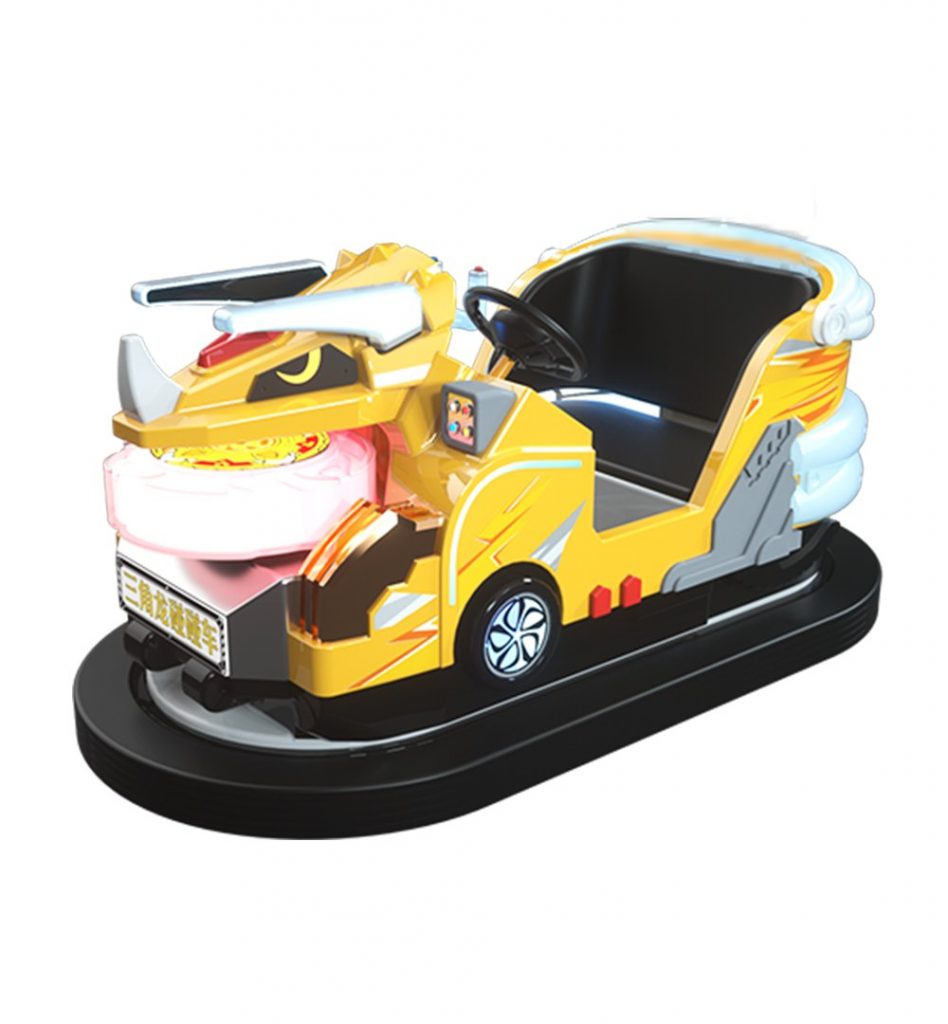
Bumper Cars Safety
The safety of bumper cars needs to be considered from multiple angles, including vehicle design, operation, maintenance, training, and regulations, to ensure that passengers remain safe throughout their amusement park experience.
Vehicle Design and Structural Safety: The design of bumper cars should take collision safety into account. This includes the structural strength of the vehicles, their collision absorption capabilities, and the presence of bumpers or safety features. Vehicles should be designed to minimize the risk to passengers during collisions.
Seatbelts and Restraint Systems: Bumper cars should be equipped with seatbelts or appropriate restraint systems inside the vehicle to ensure that passengers remain in a safe position during collisions and to prevent injuries.
Emergency Brake System: Bumper cars should have an emergency brake system that allows operators or passengers to quickly bring the vehicle to a stop when needed. This can reduce the severity of accidents.
Operator Training: Operators should receive training on how to safely operate bumper cars. They should be knowledgeable about how to respond to emergency situations and maintain order within the amusement park.
Safety Regulations and Instructions: Clear safety regulations and instructions should be communicated to passengers to inform them about how to ride bumper cars safely, when to use seatbelts, and what actions to take in case of emergencies.
Maintenance and Inspection: Regular maintenance and inspections are critical to ensuring the ongoing safety of bumper cars. This includes checking the functioning of the electrical systems, braking systems, vehicle structures, and safety equipment, as well as promptly conducting necessary repairs and replacements.
Amusement Park Supervision: Amusement park management should ensure the safety of bumper car equipment. This involves conducting regular safety inspections, maintaining the equipment, and supervising the training of operators.
Age and Physical Condition Restrictions: Some bumper cars may have age or physical condition restrictions to ensure the safety of passengers. These restrictions can be determined based on the type and design of the vehicles.
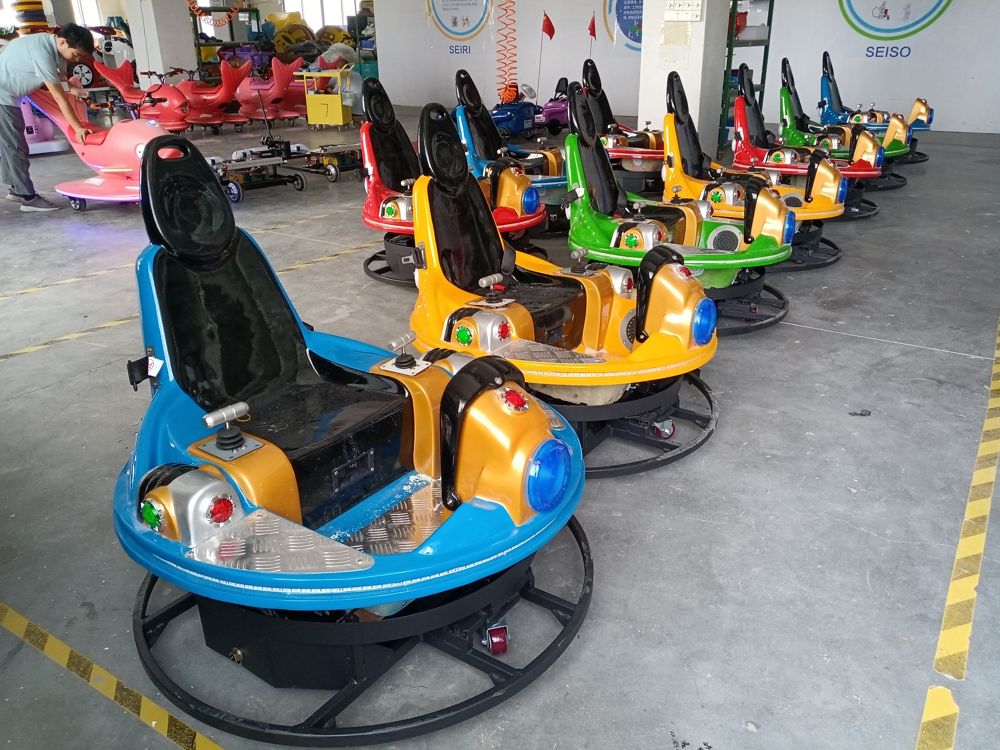
Conclusion
As the bumper car industry hurtles forward, it’s evident that there is no shortage of excitement on the horizon. From cutting-edge technology integration to safety advancements and creative theming, these Top 10 Hot Topics are not only transforming the bumper car experience but also ensuring its enduring popularity. With each twist and turn in this ever-evolving journey, one thing remains constant – the joy and thrill of bumping your way through the amusement park will continue to captivate generations to come.

